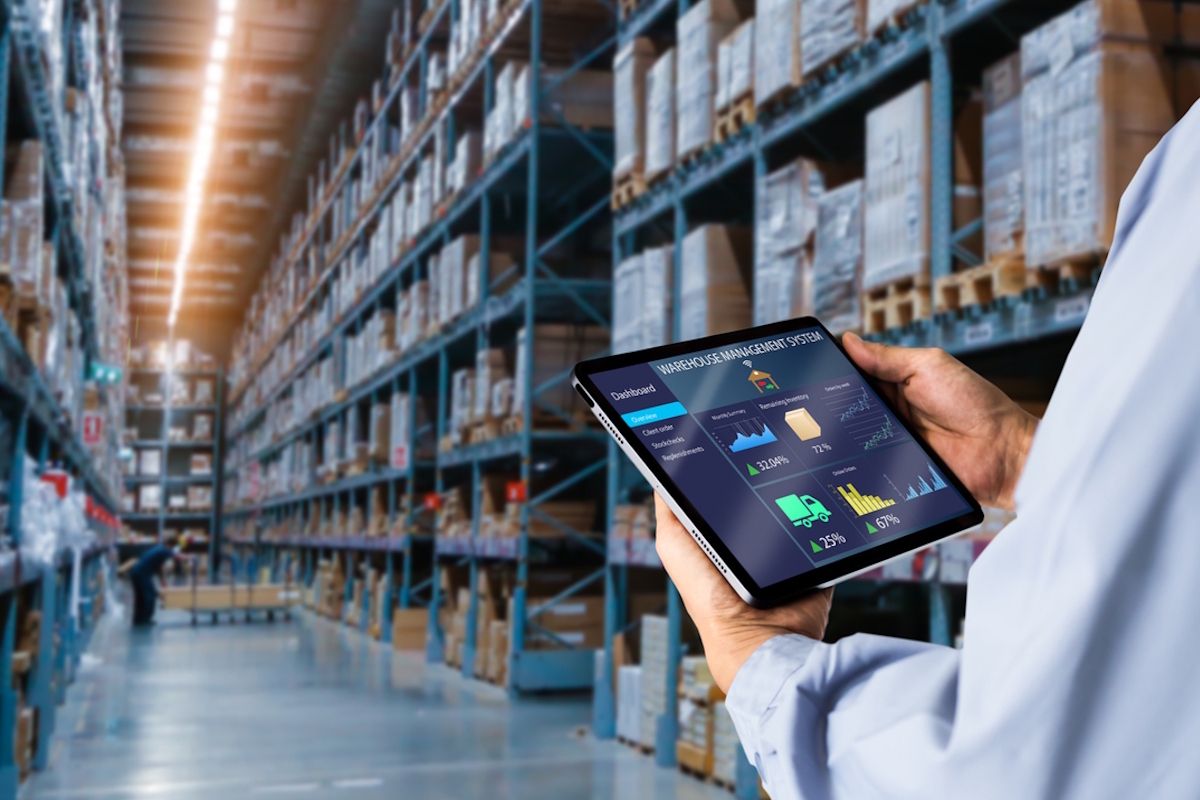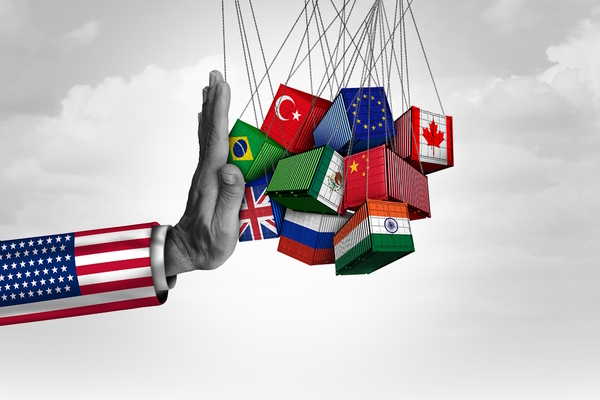Rethinking inventory management in an unstable economy

Carlos Fernandez at AutoStore explores why businesses that are hesitant to relocate manufacturing to the US are increasingly turning to "just-in-case" inventory as a faster, more practical solution
The manufacturing industry has long speculated about the potential impact of increased tariffs and whether these measures, alongside a mounting trade war, might destabilise an economy that was only beginning to stabilise after years of disruption.
Now, with the US enforcing a broad range of new tariffs, including a 10% baseline tax on most imports, manufacturers face both challenges and opportunities. In response, many manufacturers are already reassessing their operations and are overhauling their supply chain strategies to protect profitability without passing additional costs to consumers.
One key strategy is the adoption of new technologies, such as automation, alongside the growing recognition of "just-in-case" inventory management to mitigate risk. Together, these measures help boost productivity, enhance efficiency, reduce costs and position businesses for growth despite a complex trade environment.
Is ‘just-in-case’ inventory the answer?
One of the most effective strategies for mitigating the impact of tariffs is to stockpile inventory in domestic warehouses before new tariffs are implemented. This approach, known as "just-in-case" logistics, allows businesses to maintain continuity by ensuring they have sufficient inventory on hand - shielding operations from the volatility of shifting trade policies.
This stands in stark contrast to the “just-in-time” model typically favoured in stable economic environments, where goods arrive only as needed to minimise storage costs. Famously, the Toyota Production System, short-cycle manufacturing by Motorola, and continuous-flow manufacturing by IBM are examples of this method.
While reshoring manufacturing to the US may take years for some and prove unfeasible for others due to high operating costs, labour shortages, and regulatory complexities, increasing domestic warehousing capacity offers a faster, more pragmatic alternative.
Which companies are embracing ‘just-in-case’?
Many businesses are proactively adopting just-in-case inventory strategies to mitigate the impact of tariffs. For example, the uncertainty around tariffs has led Costco to buy additional inventory, accepting higher supply chain costs as a tradeoff for stability. Similarly, Sony and drinks maker Suntory have been stockpiling inventory in the United States in anticipation of further tariffs on Japanese goods.
While increasing emergency inventory is a practical response to tariffs and supply chain disruptions, it often leads to a new challenge - limited warehouse space. The most straightforward solution is usually to increase the current warehouse footprint or acquire another warehouse. However, the easiest solution is not always possible and may not be financially viable. As a result, companies are increasingly re-evaluating their current warehouse layouts and capacity utilisation to unlock more efficient storage within their existing infrastructure.
Automating your warehouse
Many businesses are turning to high-density automated storage and retrieval systems (AS/RS). These systems can increase storage capacity by up to 400% compared to traditional shelving, enabling companies to store significantly more inventory within the same footprint and avoid costly warehouse expansions.
Additionally, their modular designs ensure businesses can scale their automation capabilities as needed. If companies need more storage, additional units can be added to meet their growing inventory needs, and more automated components can be integrated to boost throughput.
What’s more, traditionally labour-intensive picking methods can become a bottleneck, especially when scaling operations to handle increased inventory. Goods-to-person systems offer a streamlined alternative by using robots to bring products directly to stationary workers at designated picking stations. This approach improves efficiency, eliminates walking time, and increases order accuracy in warehouse operations. It is commonly used in e-commerce and retail fulfilment centres to handle high volumes of small, individual orders quickly and accurately.
Act now to prepare for the future
As global tariff policies continue to evolve, businesses can no longer afford to rely on reactive strategies. Embracing the "just-in-case" approach is key to building resilience against future disruptions. By investing in advanced warehouse automation systems that can expand and contract as demand changes without the need for costly real estate expansion, companies can boost agility, maximise storage efficiency, and stay ahead of supply chain volatility.
The transition from just-in-time to just-in-case logistics is no longer a short-term fix - it’s a strategic imperative in today’s unpredictable trade landscape. To safeguard your supply chain and sustain a competitive advantage, now is the time to reevaluate your logistics strategy and act decisively.
Carlos Fernandez, Chief Solutions Officer at AutoStore
Main image courtesy of iStockPhoto.com and B4LLS

Business Reporter Team
Related Articles
Most Viewed
Winston House, 3rd Floor, Units 306-309, 2-4 Dollis Park, London, N3 1HF
23-29 Hendon Lane, London, N3 1RT
020 8349 4363
© 2025, Lyonsdown Limited. Business Reporter® is a registered trademark of Lyonsdown Ltd. VAT registration number: 830519543





